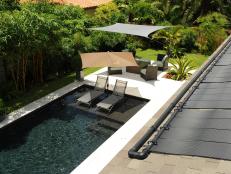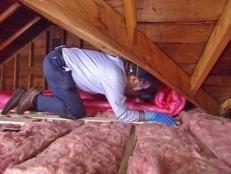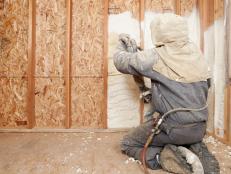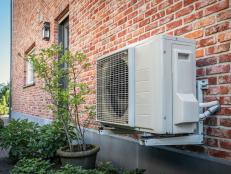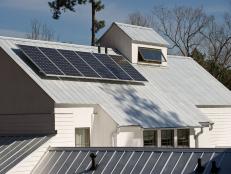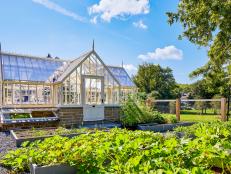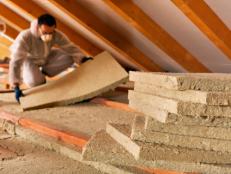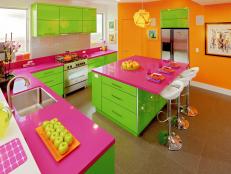The Green Kitchen

There are many stylish design and building principles and products that can make your next kitchen project environmentally friendly. Here's how to approach each element of the room:
Lighting: Use the size and placement of windows and skylights to maximize natural day lighting without compromising cabinet and other storage space. Add long-life energy efficient fluorescent or LED (light-emitting diode) fixtures. Both types have come a long way technologically, providing good light output and color rendition without annoying buzzing or flickering. Fluorescent fixtures come in the form of both decorative general lighting — ceiling-mounted, chandeliers, sconces and recessed cans — and task lighting — under-cabinet, spot and pendant. An additional benefit is that these light sources minimize excess heat in the kitchen.
Appliances: Look for energy efficient appliances that sport the Energy Star label (go to www.energystar.gov for more information). Depending on the type of appliance, the Energy Star units use at least 30 percent less energy than noncertified appliances. Cooking with gas is all the rage, but you might be interested to know that natural gas (and liquid propane) cooktops and ranges are only 40 percent efficient, meaning that for every 100 British thermal units of heat output from your gas range, you reap the actual cooking benefit of only 40 Btu's. Electric radiant is about 60 percent efficient, and electric induction is about 80 percent efficient.
Countertops: Make durability and low maintenance your highest priority. Quartz countertops are heat- and stain-resistant and require no toxic sealers. Compressed phenolic paper counters are durable and fairly low-maintenance, requiring periodic resealing with a nontoxic sealant. It's also possible to find beautiful countertops with recycled content such as recycled glass terrazzo. And you can find slabs of granite, marble and butcher block and stainless steel countertops at resale and salvage yards.
Plumbing fixtures: Choose sinks, faucets and other fixtures that are made with high-quality finishes and components — ceramic rather than plastic discs in faucets and 16- to 18-gauge stainless steel in sinks — to minimize the need for caustic polishes and frequent replacements. To save water, consider installing a sensor-activated faucet or a pedal valve, both of which allow for hands-free faucet operation, which means you can wet your hands and then soap up with the water off. Aerated faucet heads are also good water savers; you'll find that it takes less time and water to clean a head of lettuce with the water jet action of the aerator. Also consider an instant hot-water dispenser, which gives you 190- to 200-degree water instantly — hot enough for tea. You don't have to run excess water, and you don't have to heat it on the stove.
Flooring: Consider not only your home's architectural style but also your lifestyle, and as with all materials, make durability and low maintenance your highest priority. If your household is hectic, with people constantly coming and going, and if everyone and everything (pets, toys, sports equipment) is landing in the kitchen, hardwood may not be the right flooring material for you; your crew might cause it age prematurely and require frequent refinishing. If wood floors are a good choice for you, consider reclaimed or sustainably harvested flooring such as bamboo or plantation-grown lyptus — just remember to have them sealed with low-VOC (volatile organic compound) finishes. Another consideration is sound. Tile and hardwood transmit sound, while cork and linoleum, both of which are sustainable and low-maintenance materials, are great sound absorbers, which is important for open-plan kitchens.
Cabinetry: There are three aspects to consider to ensure environmentally friendly cabinets. One is the cabinet box. Most cabinet boxes are made of pressboard or plywood, both of which can have high levels of formaldehyde. Instead, look for formaldehyde-free pressboard, MDF (medium-density fiberboard) or Europly, all of which have substantially lower levels of formaldehyde. Very few production cabinet manufacturers use these materials for their boxes, so it may be easier to work with a local custom cabinetmaker. You also need to ensure that woods for cabinet doors and drawers are plantation-grown or Forest Stewardship Council-certified and that cabinets are finished with a low VOC-finish.
Molly Erin McCabe is an associate kitchen and bath designer.
Reprinted with permission from WestSound Home & Garden magazine (Wet Apple Media Inc.)






